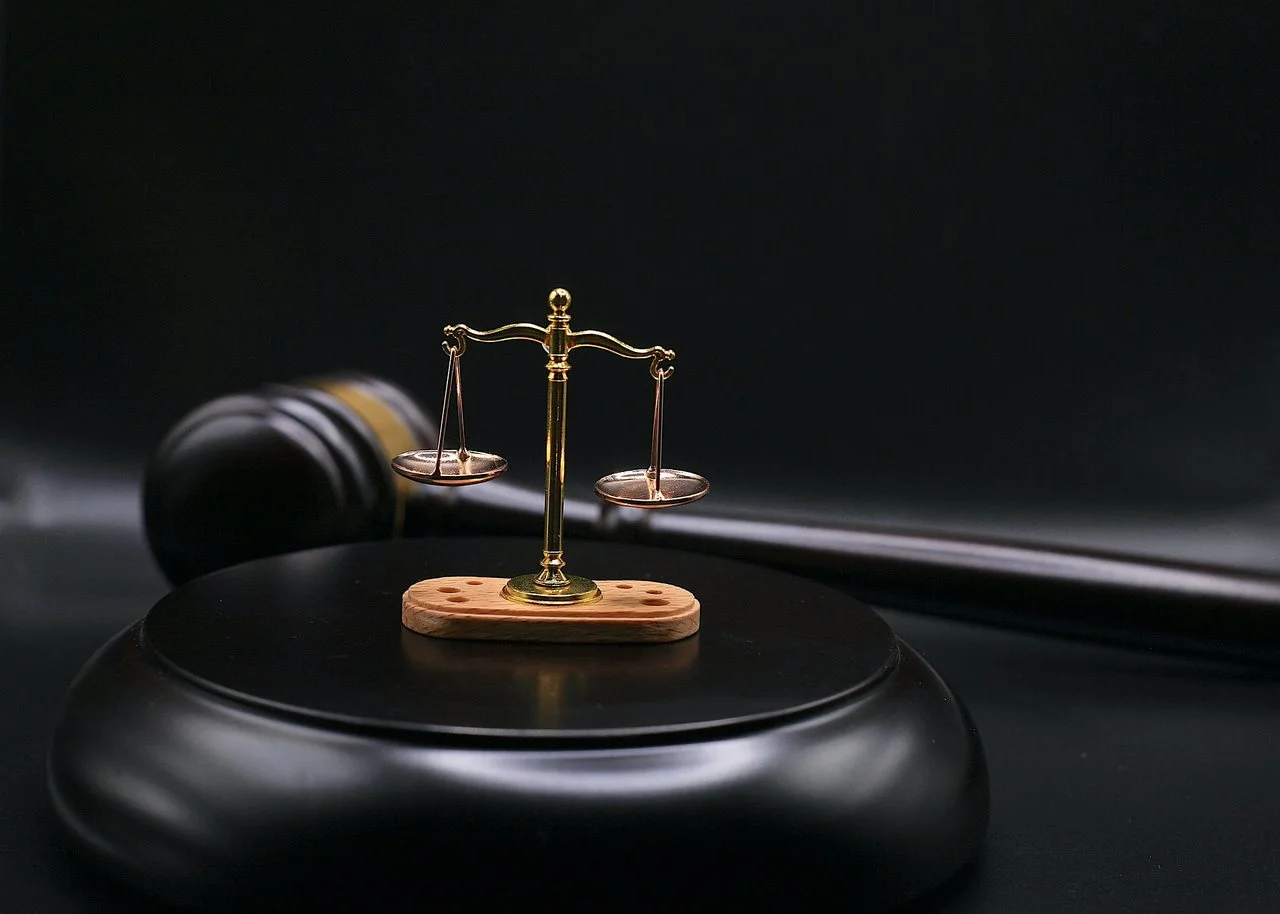Child Custody in New York: What Queens Parents Need to Know

Child custody matters are among the most sensitive and crucial issues that parents face during divorce or separation proceedings. In Queens, New York, navigating child custody laws requires a clear understanding of the legal framework and considerations involved. Here’s what Queens parents need to know about child custody in New York:
Types of Child Custody
In New York, child custody can be classified into two main types:
- Legal Custody: Legal custody refers to the authority to make major decisions about the child’s upbringing, including matters related to education, healthcare, and religious upbringing.
- Physical Custody: Physical custody pertains to where the child resides on a day-to-day basis and the time spent with each parent.
Factors Considered in Child Custody Determinations
When making child custody decisions, New York courts prioritize the best interests of the child. Factors considered by the court may include:
- Each parent’s ability to provide for the child’s physical, emotional, and developmental needs.
- The child’s relationship with each parent and other significant individuals in their life.
- The child’s preferences, depending on their age and maturity level.
- Any history of domestic violence or substance abuse by either parent.
- The stability of each parent’s home environment and ability to co-parent effectively.
Types of Custody Arrangements
Child custody arrangements can vary based on the specific circumstances of each family. Common custody arrangements in New York include:
- Joint Legal Custody: Both parents share decision-making authority regarding the child’s upbringing.
- Sole Legal Custody: One parent has sole authority to make major decisions for the child, with the other parent potentially having visitation rights.
- Joint Physical Custody: The child spends substantial time living with both parents, typically on a schedule agreed upon by the parents or determined by the court.
- Sole Physical Custody: The child primarily resides with one parent, while the other parent may have visitation rights.
Mediation and Custody Agreement
In many cases, parents are encouraged to reach a custody agreement through mediation or negotiation rather than going to court. Mediation allows parents to work together with a neutral third party to develop a custody arrangement that meets the child’s needs and reflects both parents’ concerns and preferences.
Modifying Custody Orders
Custody arrangements are not set in stone and can be modified if circumstances change. Either parent can petition the court to modify a custody order if there is a significant change in circumstances, such as a parent’s relocation, changes in the child’s needs, or concerns about the child’s safety or well-being.
Legal Representation
Given the complexities of child custody laws and the importance of the outcome for both parents and children, it’s advisable for Queens parents to seek legal representation from a qualified family law attorney. An attorney can provide guidance, advocacy, and representation throughout the custody process, ensuring that the best interests of the child are upheld.
Conclusion
Understanding child custody laws in New York is crucial for Queens parents navigating divorce or separation proceedings. By familiarizing themselves with the types of custody, factors considered in custody determinations, and available custody arrangements, parents can make informed decisions that prioritize the well-being and best interests of their children. Seeking legal guidance from an experienced family law attorney can provide invaluable support and assistance in achieving a fair and satisfactory custody outcome.